Switch Mobility Ltd., born from an amalgamation of Ashok Leyland’s EV capabilities and Optare, the UK bus manufacturer with over a century of expertise, is bullish about its prospects in the electric bus space, buoyed by interest from customers in the STU and private segment alike. N. Balasubramanian had a detailed conversation with Mahesh Babu, CEO, Switch India & COO, Switch Mobility Ltd., on the company’s intent, strategy and readiness to make it big in the e-bus and e-LCV space
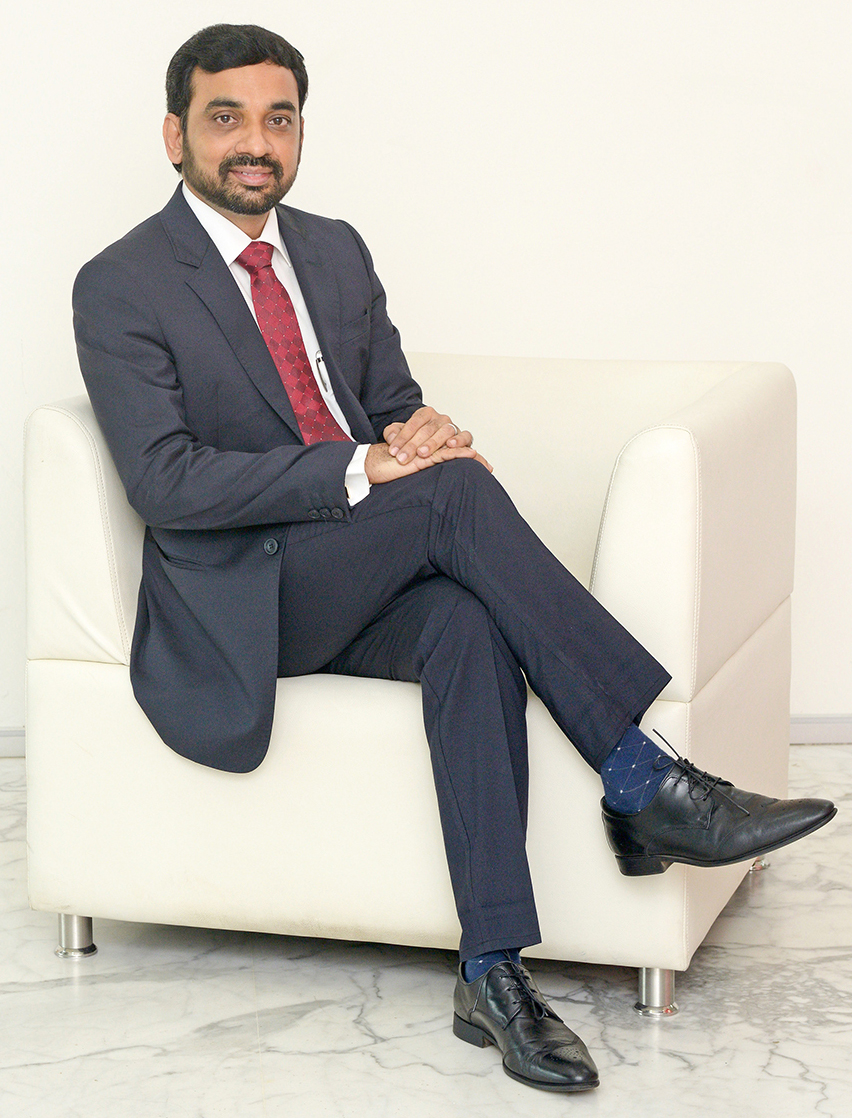
Let us start with an update on your EiV 12 bus platform. How has the initial market response been and how confident are you about the platform’s success?
Yes, we have launched our first bus platform for India ‘EiV 12’ which is scalable and modular. While the platform has been designed based on almost 30 million miles (nearly 50 million km) of on road experience globally, in India too we have run 115 of these buses for over 9 million km; so all these learnings have gone into building up the platform. The modularity and scalability allows the platform to be adapted for multiple segments and models. For example, our E1 bus unveiled in Paris has the same 650 V EV architecture as our EiV 12. The powertrain, battery pack, power electronics and other aspects are the same, so it’s a global platform with global technology and that’s what we want to offer customers in India.
Since the platform is scalable, the bus can be designed with a range of 150 km to 300 km and through our unique double gun charging system, we can run the bus for about 500 km a day. And using the modularity, we can offer a standard floor bus and a low floor one as well.
Along with the EiV 12 platform, we have also launched Switch iON, a connected mobility solution that provides a host of value-added services to the operators and drivers, with information about the complete ecosystem including charging, predictive maintenance, etc. in the form of OTA updates.
Considering the fact that the bus segment was among the worst hit during the pandemic, how are industry sentiments at present and in particular in the e-bus space? How is Switch planning to make a difference?
We are seeing plenty of traction in the electric bus market, particularly due to the central government’s push on transforming public transport through electromobility. Switch’s target is to be a net zero company; we want to democratize zero carbon mobility where we want common people to use public transport in a more sustainable way which perfectly fits in to what the government and the industry wants to do. The recent CESL tender and tenders by multiple STUs are a step in this direction. Also, with the government announcing that buses that are 15+ years old will be phased out, STUs will have to replenish their fleets. The GCC model of pay per kilometer has helped the STUs to come out of economic pressures they previously had to tackle. So a long-term e-bus contract spanning 10-12 years makes it a win-win for STUs, the government’s vision and for the industry.
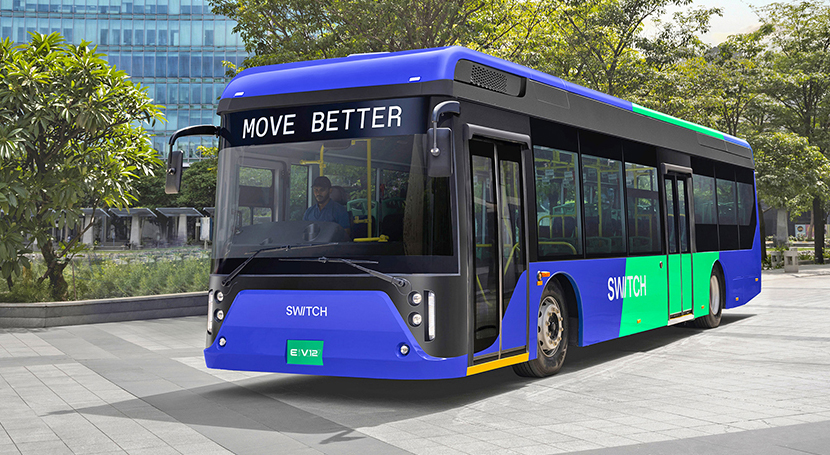
As far as Switch is concerned, we bagged an order for 65 buses last year. This year we have an order for about 600 buses which is close to a 10x growth; so that’s the kind of traction we are seeing. The first set of EiV 12 buses, around 150 of them, has already been produced, and we will soon be launching them in multiple cities.
Any interest from private operators from segments like tourist, school and staff transportation, more so since most of them have not expanded or replenished their fleet for the last two to three years?
We have won a first order for 100+ buses for employee transport from a private operator which is a significant breakthrough. We don’t just give a bus; we take care of the bus for its entire lifecycle of 10-12 years including the charging ecosystem, connectivity, AMC, thereby offering a complete solution with the lowest total cost of ownership (TCO) benefit for our customers.
Also, we have formed an entity called ‘OHM Mobility’ as part of the Switch family to run buses on pay per kilometer model and will bring in a lot of value creation for customers through the same. In the next two to three years, we expect to see a lot of experimentation in the private sector and are excited in anticipation of the same.
You said Switch will offer the lowest TCO for customers? How will you do it?
For the EV architecture and technology, we are using our globally proven capabilities. But the supply chain is predominantly from India and that’s where our confidence of being able to deliver the lowest TCO comes from. Also, common parts like steering and suspension have been taken from the Ashok Leyland stable which adds to our cost advantage. So Switch India has an advantage of being able to offer the best of both worlds – global technology at Indian cost structure. In addition, since our platform is scalable and modular, we don’t offer the same bus for different applications like many of our competitors do. We optimize every element of the vehicle’s lifecycle to suit the customer and the application, thereby delivering the most viable and lowest TCO solution for our customers.
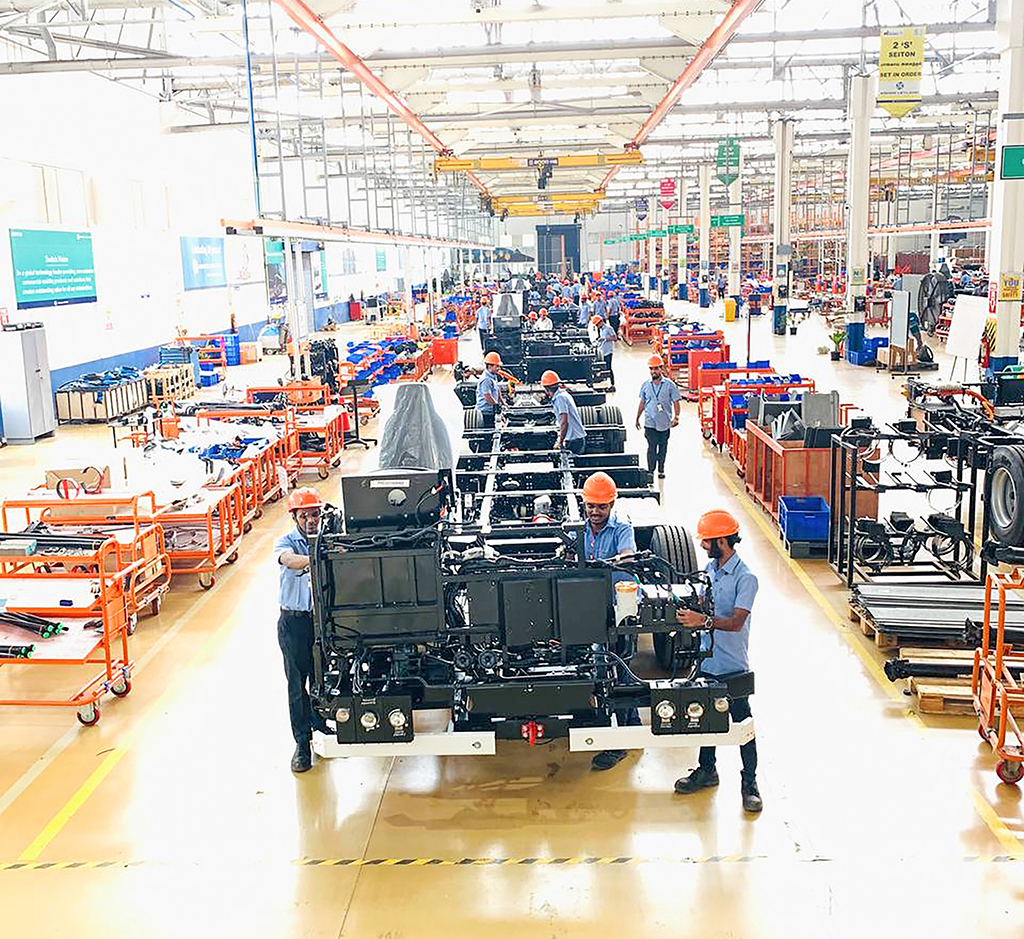
What do you think is the best way to ensure the Indian market is ready from a charging infrastructure point of view? Also, is Switch game for an open charging infrastructure for EVs across the country?
I think you have a very right question because charging infrastructure is one of the most important puzzles to be resolved to facilitate EV adoption. In India this puzzle is still being discussed but adoption is happening faster. Almost 80% of the charging happens at home since these are for personal vehicles but the remaining 20% is crucial because that becomes the deciding factor as far as giving confidence to the end user goes.
India is still mulling on the type of charging solution while markets like Europe have gone with Combined Charging System (CCS). But it is quite fair because India is a very complex market compared to Europe because India has more modes of transport than the West. The government has done their bit by ensuring FAME II is aligned with the market requirements; they have been very open to discuss with the industry stakeholders regarding the charging infrastructure, be it FAME I or FAME II, and I would give huge credit to them for their openness.
In order to have an open network, standardization is necessary. That’s the reason Switch is promoting open protocol for charging and will be happy to share our charging network with others and use our competitors’ charging infrastructure as well. There is no competition in the EV space; collaboration is the way forward because the market size will be big enough for everybody.
What are your plans for markets outside of India?
Out of 600-700 deliveries of our buses planned this year, about 450+ will happen in India. So India will be our primary market, mainly because of the government’s focus and overall market developments.
Ashok Leyland has its network in more than 51 countries globally, so we already have a channel to reach out to customers in these countries. We have already received enquiries from Southeast Asia, Africa, Europe and some of the developed countries like Australia and New Zealand. But right now, our entire focus is on India because we see huge opportunities here and want to address our market first. Going forward, we are definitely looking at exports from our India factory as well as UK factory. As you know, we are coming up with a new plant at Valladolid in Spain which will cater to left-hand drive markets. So we have a clear strategy on how to handle requirements of different markets. Finally, I think India will play a key role in the supply chain for our whole group owing to the supply chain advantage we have in the global arena.
Is the Indian market heading in the right direction as far as safety standards and protocol are concerned for EVs? How is Switch setting an example on the safety front?
When we talk about safety there are two aspects – EV safety and overall automobile safety. While India has gone ahead on the emission side, we are lagging behind on overall safety and are still playing catch up when it comes to standards for passenger safety. The good thing is, on the passenger car side, the Indian manufacturers are the ones who are leading in safety features though standards have not come in. So safety is very much part of our DNA and that’s a good thing to note.
On EV safety, Switch has four levels of safety built in the solution we offer our customers. We have built safety logic at the battery module level and at pack level and have an active cooling system to ensure there are no thermal runaways in the system. Our buses are connected round the clock so even when the vehicle is not running, the temperatures are monitored and in case of any issues, the cooling system will get activated and avoid any mishap. We also have a Fire Detection Alarm (FDA) system and provide an option of Fire Detection and Suppression System (FDSS) as part of our buses.
As we move forward, EV safety is going to be a learning curve for engineers, for consumers and the complete ecosystem which we have to go through to make sure we reach our destination as an industry.
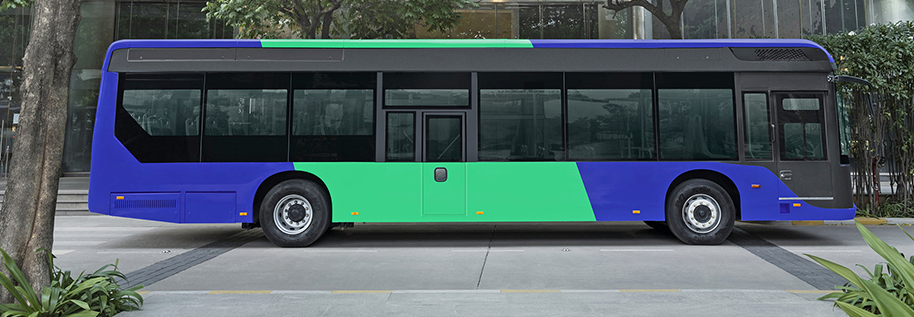
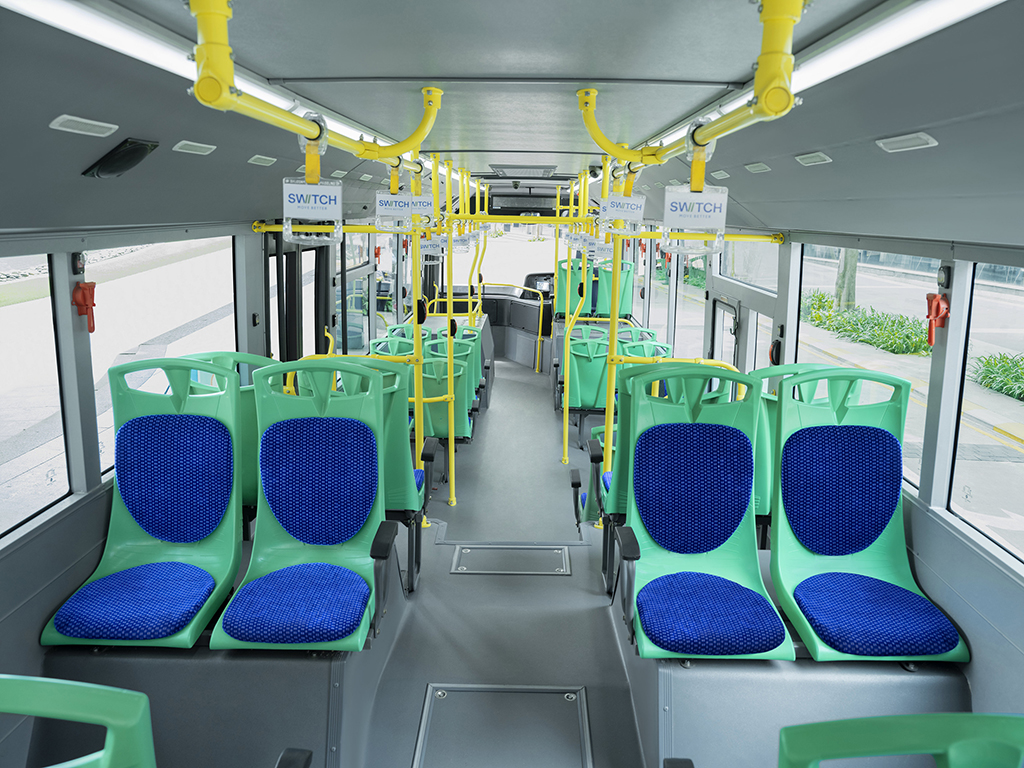
What is the status of your e-LCV project?
We have already started working on electric LCVs. The Dost and Bada Dost are very successful platforms in the Ashok Leyland stable and Switch will electrify them to start with. Going forward, we will also look at developing a grounds-up e-LCV platform both for India as well as for Europe. We will enter the e-LCV market within this financial year and are working out a strategy on how we scale up from next year.
When do you see battery cells and modules manufacturing manufactured in India?
I think already PLI has kick-started this initiative with a number of players expressing interest with a viable business case for cell manufacturing in India. I think we need to be a bit more aggressive on this front.
EV adoption needs large investment, whether it is electric buses or other vehicle segments. How do we make EV as a priority lending sector? How can we get more funding for manufacturing and adoption? These are the questions we need to ask. For example, to put 5,000 e-buses on road, we would need a minimum of Rs. 5,000 to 7,000 crores to capitalize the buses into the system, right? That’s a huge investment. If we talk about 50,000 buses, we would need Rs. 50,000 to 70,000 crores. Where will the funding come from? Similarly, on the charging infrastructure side, a 1,000 GWh factory would call for billions of dollars of investment. The bottom line is, we need to look at how to fund EV adoption rather than just look at how to produce them.
In terms of your market position, where do you see Switch, say by 2025, and by the end of this decade?
The bus segment is adopting EVs pretty fast. By 2025, we are looking at a market size of about 10,000 electric buses of which we will be happy with a 30% market share. Similarly, by 2030, we are looking at an annual e-bus market of 40,000 to 50,000 buses and will be happy with a similar market share (30%) there. We would like to have a reasonable market share and be profitable because that’s when it becomes sustainable for a business to grow.
On the e-LCV segment, we’re predicting a yearly market size of 30,000 to 50,000 units by the end of the decade, but it all will depend on the adoption curve in the segment since e-LCV adoption is not yet experimented; I believe it will be a very good EV adoption and one that will make economic sense. If it does happen, we will target a reasonable 20-30% market share from the overall pie.
Switch calls itself a ‘next-gen net zero carbon electric bus and LCV manufacturer’. Can you tell us a bit more on the ‘net zero’ part?
Switch is a net zero committed company. While India has committed to become net zero by 2070, which is a very profound statement, we are already working towards becoming net zero. In fact, our factory in Leeds, UK has been certified as net zero last year. We have already evaluated the carbon footprint of our manufacturing facility in India and will continue to strive to achieve net zero in all our operations in our factory and in our operations. For example, we will soon be delivering our buses in Bangalore and are starting off with around 80% renewable energy to charge the buses. There is a lot of planning happening around how we become net zero in terms of energy, water, landfill and other aspects and we are fully committed to work towards it. Switch’s motive is not just to provide and run electric vehicles, it is to achieve net zero in anything and everything we do.